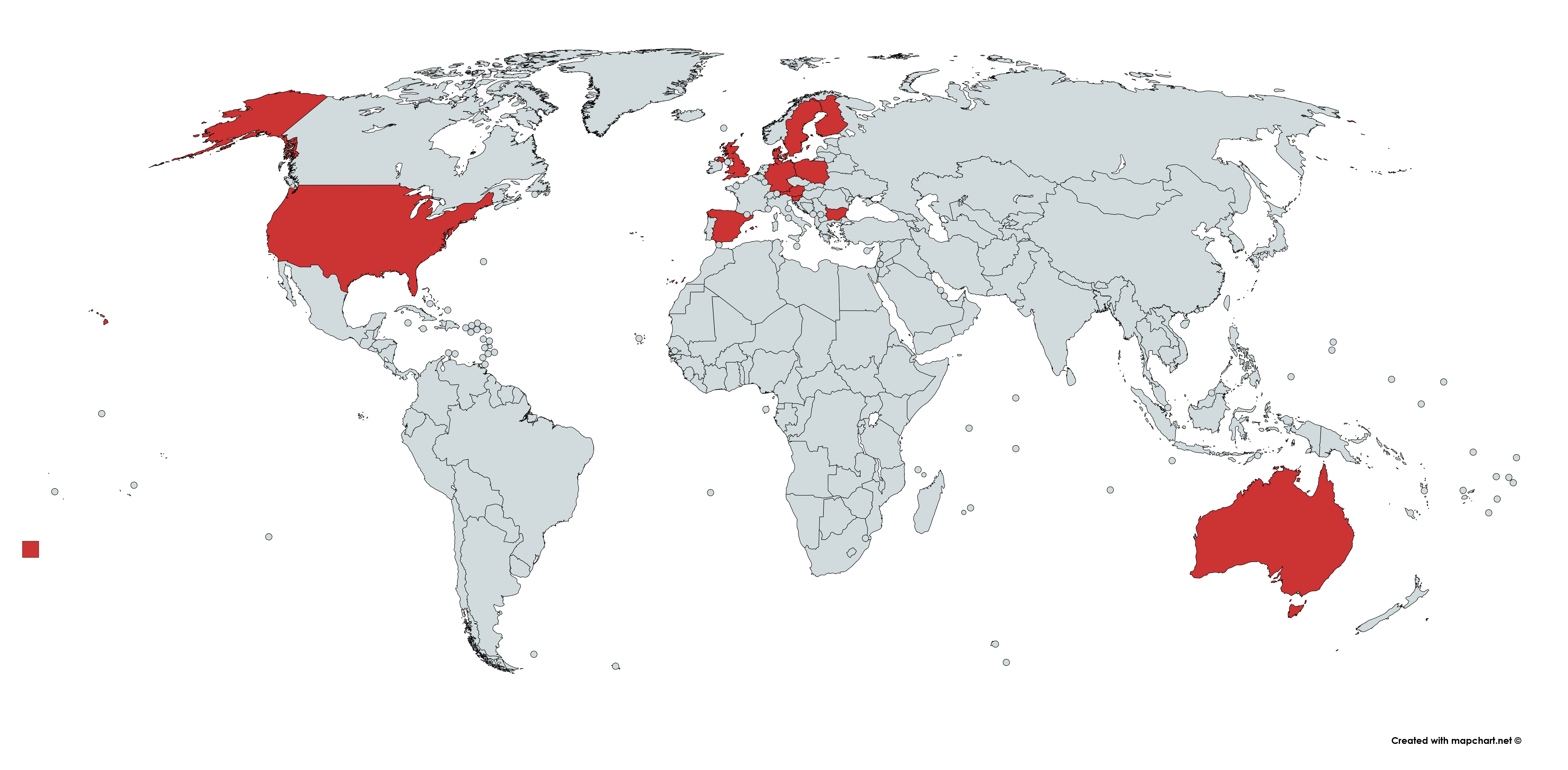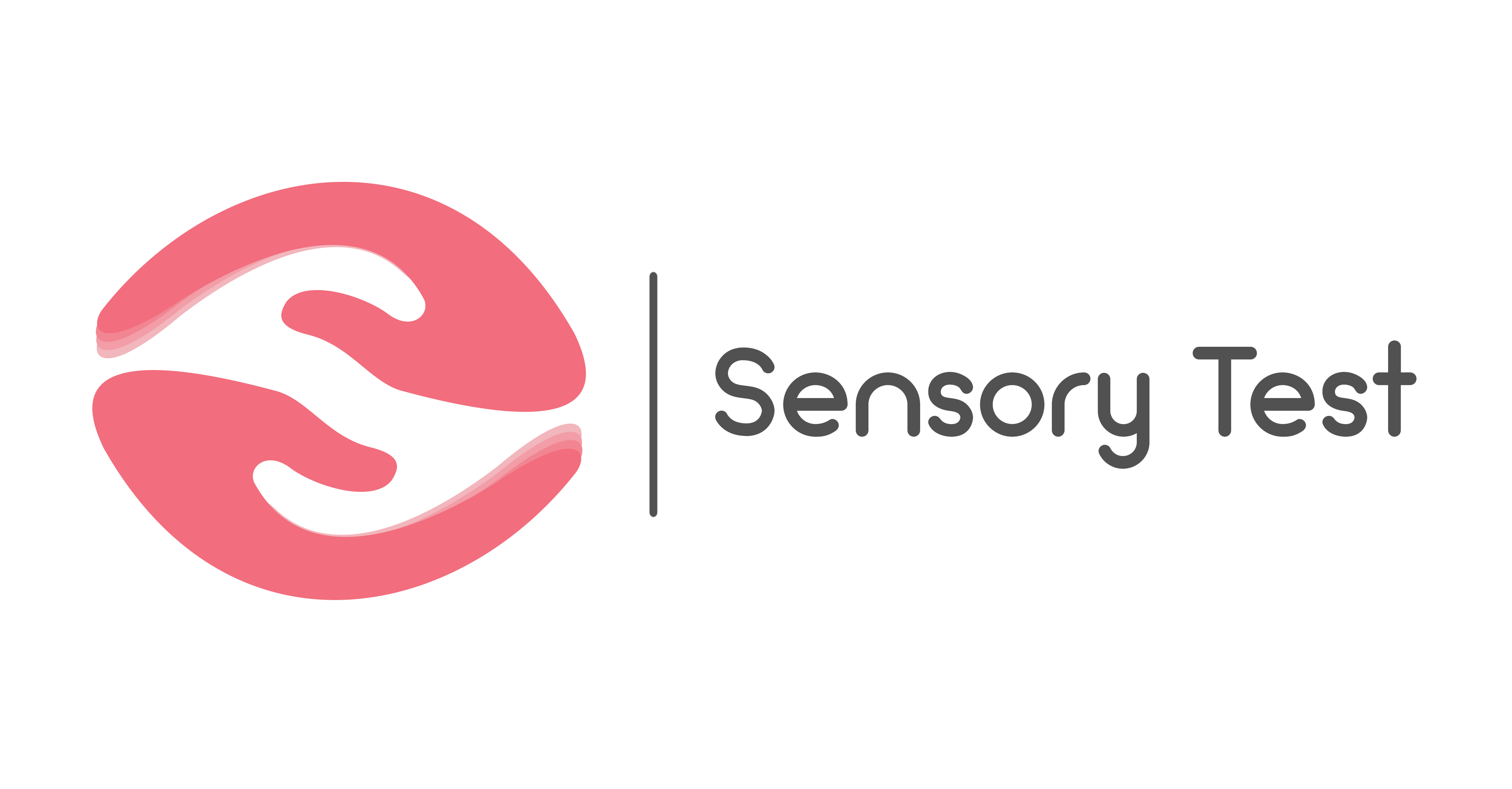Image Gallery (see also the instruction Video)
 STI sold world wide - Switzerland, Germany, Austria, Slovenia, Sweden, Finland, UK, Spain, Bulgaria, USA, Australia
STI sold world wide - Switzerland, Germany, Austria, Slovenia, Sweden, Finland, UK, Spain, Bulgaria, USA, Australia
The Shape Texture Identification Test
This test for the assessment of tactile gnosis, was developed in Sweden by occupational therapist, Birgitta Rosén and hand surgeon, Göran Lundborg. They introduced this test in 1998 in the Journal of Hand Therapy. The test is a standardized outcome measure of sensory function of the median and ulnar nerves of the hand. It is performed in a standardized manner using an occlusive screen so that test subjects, cannot see the test itself and thus must rely on tactile gnosis to identify shapes and textures. It utilizes active touch identification of three types of shape and three textures (sets of raised dots) these are fixed on three different discs. A strength of this test is that although it requires active touch, it does not require a lot of dexterity. The test has been shown to excellent psychometric properties, particularly for patients with repair of the median and /or ulnar nerve. Recently, the reliability of this test for use with neurological patients, was confirmed by Ekstrand et al. 2016.
|
Shape Texture Identification Test Rosén & Lundborg, 1998 |
|||
|
Psychometric Property |
Nerve Injury & Repair |
Vibration Neuropathy |
Compression Neuropathy (Carpal Tunnel Syndrome) |
|
Sensitivity |
1.0 |
0.65 |
0.40 |
|
Specificity |
0.90 |
0.90 |
0.95 |
|
Test-retest reliability |
0.79-0.81 weighted kappa value |
|
|
|
Internal consistency for test items |
0.78 Cronbach alpha |
|
|
Sensitivity was reported as 1.0 for patients with median or ulnar nerve repair, 0.65 for vibration neuropathy patients, and 0.40 for patients with carpal tunnel syndrome (Rosén & Lundborg 1998). Specificity was reported as 0.95 for carpal tunnel syndrome and 0.90 for patients with vibration neuropathy and nerve repair (Rosén & Lundborg 1998). Good reliability was noted for patients with injured hands (0.79 weighted kappa value) and very good reliability (0.81) was noted for uninjured hands, internal consistency of test times was good (0.78) (Rosén & Lundborg 1998). Recently, the reliability of this test for use with neurological patients, was confirmed by Ekstrand et al. 2015.
Ekstrand Link: http://www.pmrjournal.org/article/S1934-1482(15)00402-5/abstract?rss=yes
A literature list regarding this test can be found on the literature references page. If you have completed a study using the STI test, please let us know, so that it may be included on the literature listing.
